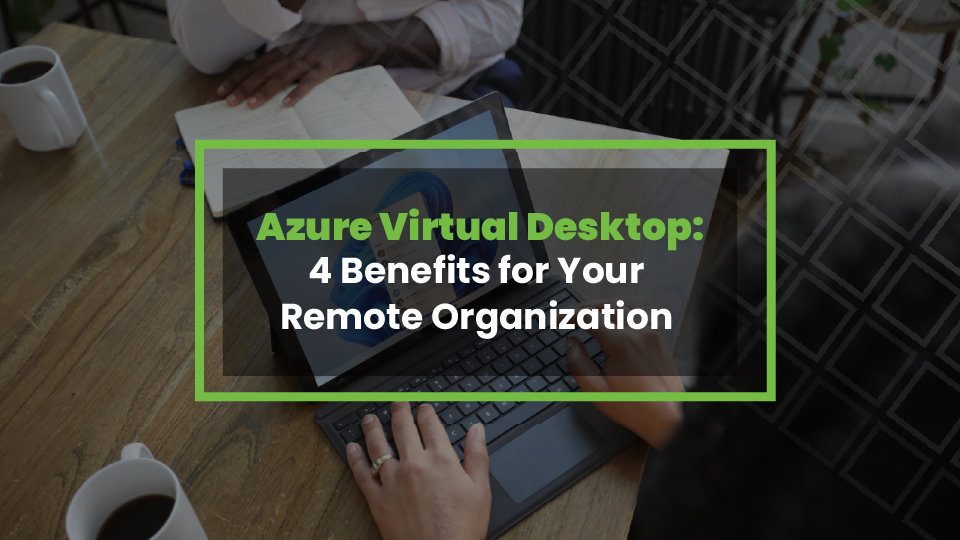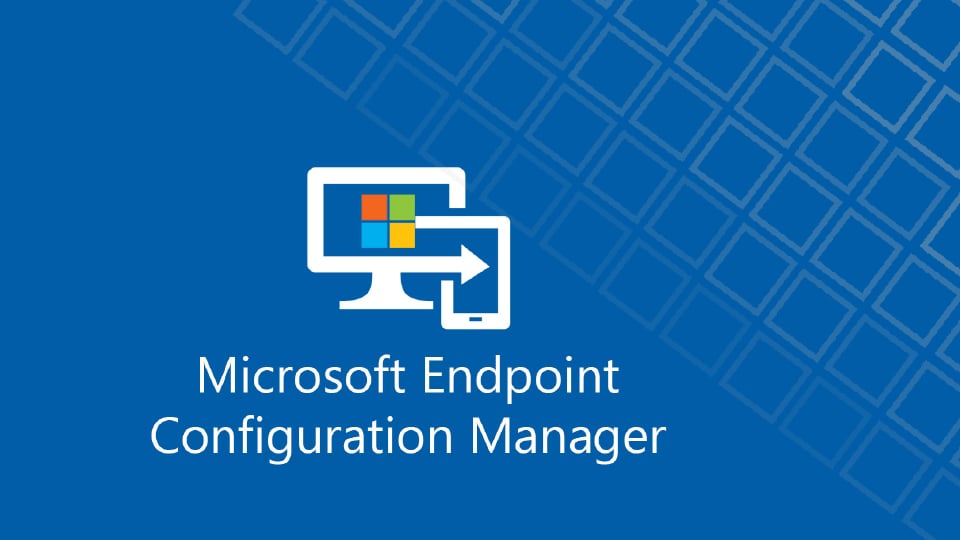Azure Virtual Desktop: 4 Benefits for Your Remote Organization
Azure Virtual Desktop (AVD) is a set of technologies from Microsoft Azure allowing IT professionals to create virtual desktops and remote apps in...
Five Nines Team : Apr 18, 2018 11:22:22 AM
1 min read

Wi-Fi. It's a symbol that everyone recognizes, a term that most people are familiar with, yet many business' Wi-Fi networks are left unprotected and exposed.
Securing your Wi-Fi is more than the avoidance of a slower connection, it is an integral part of being proactive in protecting entire internal networks.
If Wi-Fi is unsecured, anyone can access it. The purpose of secured Wi-Fi is that it is only provisioned for individuals who have been granted access. If the Wi-Fi is not secure, many individuals have no problem taking advantage of the connection or the information that comes with it. According to a study conducted by Symantec, 25% of individuals surveyed have accessed a Wi-Fi network without the owner's permission, and 8% admitted to guessing or hacking the password. Once someone is connected to an organization's Wi-Fi connection, there is a greater chance that they can gain access to an internal network.
In terms of implementation, organizations can increase Wi-Fi security by using a strong password that users must type in to access the Wi-Fi. For even more security, businesses can keep Wi-Fi traffic and their internal network separate. That way, even if someone happens to connect to the secured Wi-Fi, they won't have access to internal data. Another protective measure that is highly recommended is implementing a separate Wi-Fi network for internal staff and anyone the organization wants to give access, while having a separate guest wireless network for visitors.
If Wi-Fi isn't secured, someone could accidentally or maliciously access an organization's internal network. Once within an internal network, malicious access could result in stolen data, the shutdown of devices, encryption of data that the organization would have to pay to get unencrypted, inputting keyloggers on the network to steal users' passwords, and the list goes on. These vulnerabilities can be extremely costly, which is why taking the extra step to secure your organization's Wi-Fi network is important to protect the business at large and its' users.
Wi-Fi security goes beyond a slow connection, it's about decreasing a huge security risk that could lead to a loss of time, money, and confidential data. If you are unsure about the security of your Wi-Fi network, contact an IT team today to ensure the protection of your technology and information. It can make the difference in regards to the protection of your network.
Your Wi-Fi network can be compromised, but so can your devices. If you need help with security, we've got your back.

Azure Virtual Desktop (AVD) is a set of technologies from Microsoft Azure allowing IT professionals to create virtual desktops and remote apps in...

The Microsoft Endpoint Configuration Manager (MECM), formerly known as System Center Configuration Manager (SCCM), is a Microsoft systems manager...

Surfing the web plays such a strong role in the daily lives of users, that it's almost uncomfortable to imagine life before it. As technology has...